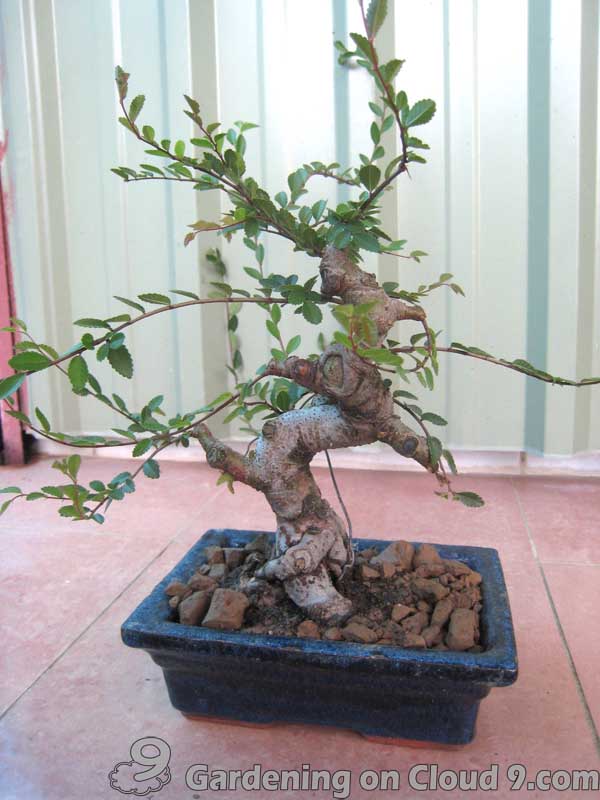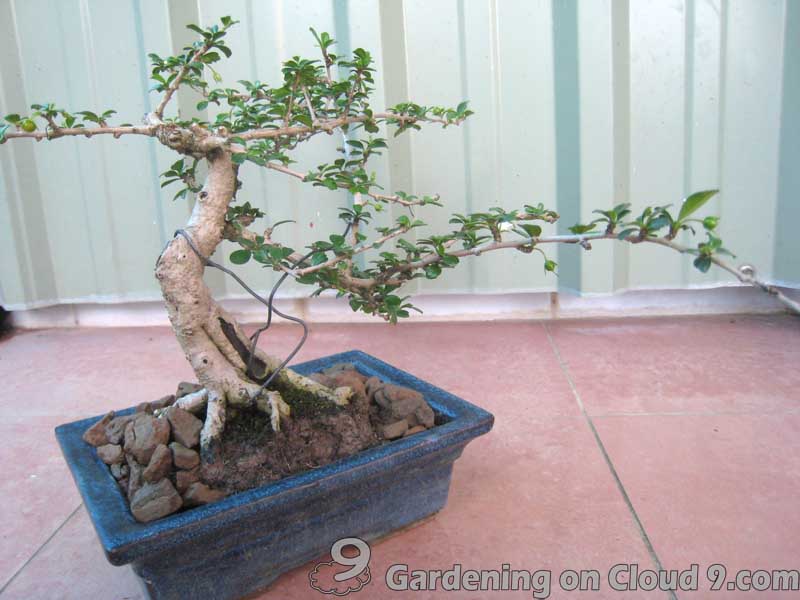 Wiring is certainly one of the most important and probably the most often used technique for bonsai training. Before we talk about bonsai wiring techniques, let’s learn the different types of bonsai wire, their advantages and disadvantages.
Wiring is certainly one of the most important and probably the most often used technique for bonsai training. Before we talk about bonsai wiring techniques, let’s learn the different types of bonsai wire, their advantages and disadvantages.
Copper Bonsai Wire
Advantage: More holding power
Disadvantage: Cannot be reposition or reused once it has been applied to our bonsai, May be harmful for some tree species
Copper is a strong material. In order to make copper soft enough to apply on branches of bonsai trees, it must first be annealed. Once annealed, copper wire becomes fairly easy to be bent. Yet, as it is bent, the copper wire becomes more rigid and resistant to bending. And this is why copper wire cannot be repositioned and must be removed from our bonsai tree by wire cutters once it has been applied to our trees.
We also need to keep in mind that certain tree species are reactive to certain metals. For example copper is found to be harmful for species like azalea, while iron and steel are found to be harmful for Junipers and other deciduous species.
Aluminum Bonsai Wire
Advantage: More flexibility, Can be repositioned and reused
Disadvantage: Not as strong as copper wire
Aluminum wire is significantly softer than copper wire, and has less holding power. Yet, it can be repositioned and reused, hence many bonsai beginners prefer to use aluminum wire until their bonsai wiring techniques have been developed and improved. Aluminum is also the preferred wire choice of many bonsai professionals. My bonsai teacher, a Lingnan penjing master, uses aluminum wire for most of his bonsai wiring. Since he always tries to wire branches on his bonsai trees when they are still young and flexible, the raw holding power of copper is not as important as the flexibility of aluminum.
Since aluminum is silver in color, it is often anodized to give it a brownish color, making the aluminum wire less of a distraction when applied to our bonsai trees.
Conclusion
I almost always use aluminum wire. Not only because I am a bonsai beginner whose bonsai wiring skills still yet to be mastered, but also because I am following what my bonsai teacher always preaches – wire the branches of our bonsai trees when they are still young and flexible. If we start working on the positioning of our bonsai trees early enough, the strong holding power of copper wire is not anymore important.
But anyways, bonsai is a personal experience. My suggestion is to experiment with both copper wire and aluminum wire, and find out your preference.










